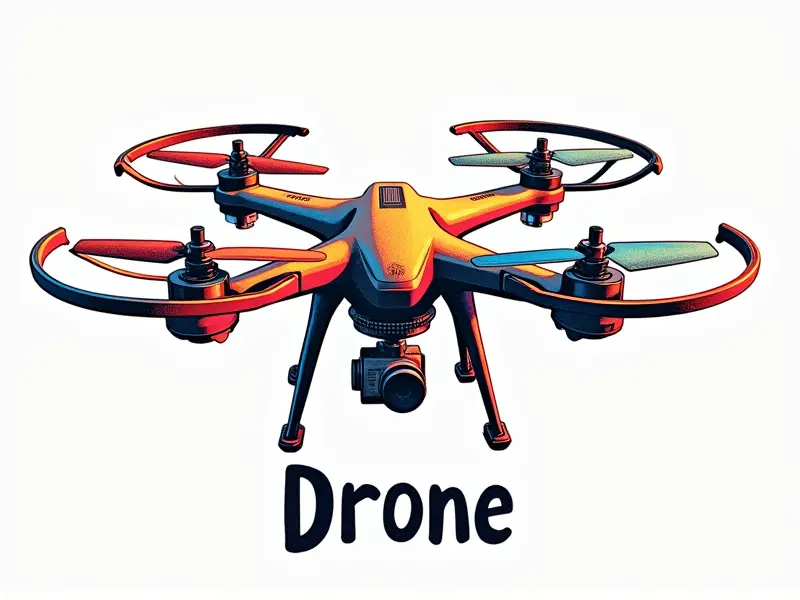How to mount FPV gear

How to Mount FPV Gear: A Comprehensive Guide
First-person view (FPV) technology has revolutionized the world of drones and remote-controlled aircraft. To get the most out of your FPV setup, it is crucial to mount your gear correctly. This guide will walk you through step-by-step instructions for mounting FPV cameras, antennas, and other essential equipment.
Step-by-Step Guide to Mounting FPV Gear
Mounting FPV gear involves several critical steps that ensure optimal performance and reliability. Here’s a detailed breakdown:
- Select the Right Components: Choose high-quality cameras, antennas, and transmitters compatible with your drone.
- Plan Your Layout: Determine where each component will be mounted on your drone for optimal aerodynamics and signal strength.
- Mount the Camera: Securely attach the camera to the front of the drone, ensuring it is level and pointed in the right direction.
- Install Antennas: Mount both the transmitter and receiver antennas for clear video transmission.
- Connect Cables: Route cables carefully to avoid interference with moving parts or propellers.
Best Practices for Installing FPV Antennas
Antenna installation is a crucial aspect of your FPV setup. Follow these best practices:
- Avoid Interference: Position antennas away from metal and electronic components to minimize signal degradation.
- Use Quality Cables: High-quality cables reduce signal loss and improve video quality.
- Balanced Placement: Ensure both the transmitter and receiver antennas are balanced for optimal range and clarity.
DIY FPV Camera and Antenna Installation
If you prefer a hands-on approach, here’s how to install your FPV camera and antenna yourself:
- Choose the Right Tools: Gather screwdrivers, zip ties, heat shrink tubing, and other necessary tools.
- Mount Camera Housing: Use a 3D-printed or commercially available housing to secure your camera in place.
- Install Antennas: Mount the antennas on the drone frame using zip ties or custom mounts for stability.
Tips for Securing FPV Equipment on Drones
Securing your equipment is essential to prevent damage and ensure reliable performance. Here are some tips:
- Use Shock Absorbers: Install shock absorbers between the camera and drone frame to reduce vibrations.
- Secure Cables: Use cable ties or velcro straps to keep cables neat and prevent tangling.
- Weight Distribution: Ensure even weight distribution for optimal flight stability.
Simple Steps for Mounting FPV Cameras
Mounting an FPV camera is straightforward with these simple steps:
- Select a mounting bracket compatible with your drone and camera.
- Attach the bracket to the drone frame using screws or adhesive.
- Secure the camera in place, ensuring it’s level and pointed correctly.
Essential Steps for FPV Gear Assembly
Assembling your FPV gear requires attention to detail. Follow these essential steps:
- Test Components Individually: Ensure each component works before assembly.
- Connect Power and Video Cables: Route cables carefully to avoid tangling or damage.
- Finalize Mounting: Secure all components tightly to prevent movement during flight.
Beginner's Guide to Mounting FPV Equipment
New to FPV? This guide covers the basics of mounting your equipment:
- Understand Your Drone: Familiarize yourself with your drone’s design and capabilities.
- Select Appropriate Gear: Choose components that fit your budget and performance needs.
- Follow Manufacturer Instructions: Refer to manuals for specific mounting instructions.
Tips for Perfectly Aligning FPV Cameras
Proper camera alignment is crucial for a clear view. Here’s how to achieve it:
- Use Leveling Tools: Ensure the camera is perfectly level using bubble levels or similar tools.
- Adjust Tilt and Pitch: Fine-tune tilt and pitch settings for optimal viewing angles.
- Test Alignment in Flight: Fly your drone to check alignment and make adjustments as needed.
Optimize Your Drone with Proper FPV Mounts
The right mounts can significantly enhance your FPV experience. Consider these options:
- 3D-Printed Mounts: Customizable and lightweight, ideal for specific drone models.
- Metal Brackets: Durable and secure, suitable for high-performance setups.
- Universal Mounts: Versatile options that fit a variety of drones and cameras.
Quick Setup for FPV Video Transmission
Setting up your FPV video transmission can be quick with these steps:
- Mount the transmitter antenna on the drone.
- Install the receiver antenna near your goggles or monitor.
- Connect power and video cables securely.
Efficient FPV Equipment Mounting Techniques
Efficiency is key when mounting FPV equipment. Here are some techniques:
- Pre-flight Checks: Inspect all connections before each flight to ensure everything is secure.
- Use Quick Release Clips: Allow for easy removal and reinstallation of components.
- Minimize Weight: Choose lightweight mounts and materials to improve drone performance.
Conclusion
Mounting FPV gear correctly is essential for a smooth and enjoyable flying experience. By following the steps outlined in this guide, you can ensure your equipment is securely mounted and performing at its best. Whether you’re a beginner or an experienced pilot, these tips will help you optimize your setup and enjoy clear, stable video transmission every time you fly.

